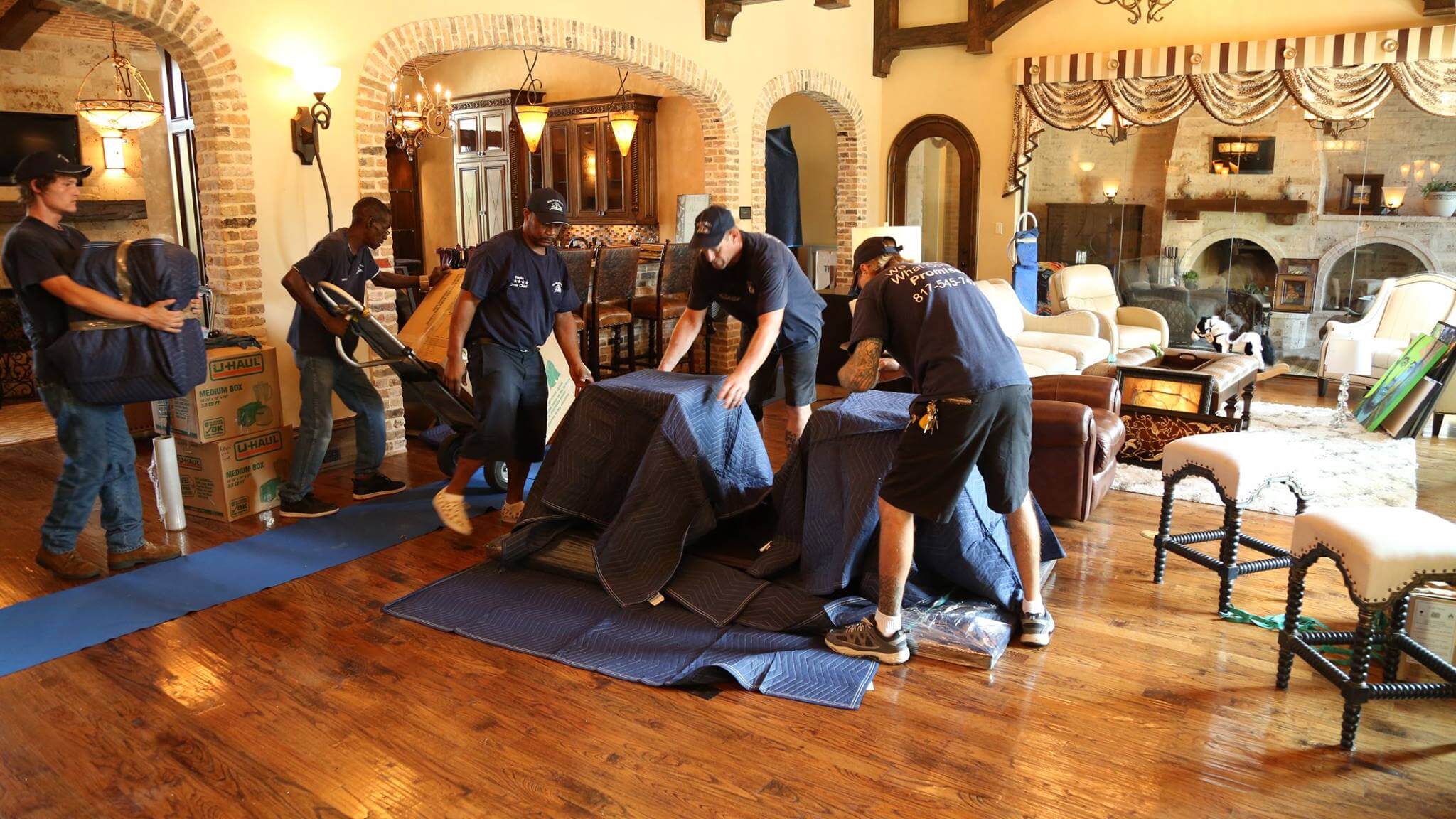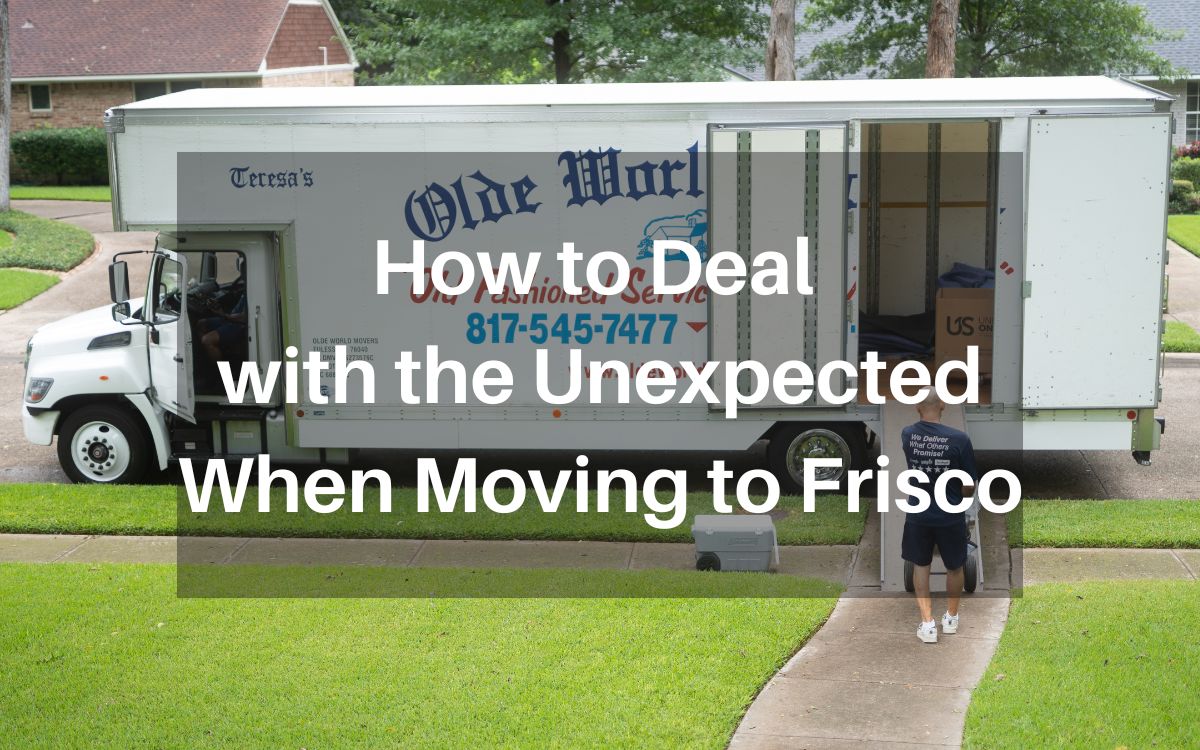
Whether due to a job change or just a change of pace, tackling a move long-distance is easier in theory than practice. In theory, selecting a moving company, planning out your move, and shipping and receiving your items is fairly straightforward. But in reality, there are a lot of logistics to think about to ensure your move is smooth.
Here are 10 tips to make your long-distance move a seamless transition from start to finish.
1. Make a Plan
Start planning well in advance. Call your utility companies, change your address with the DMV and the USPS. Start packing your items as soon as possible, starting with the least-used rooms. You will likely be faced with some tough decisions on what to bring with you, what to donate or sell, and what to toss. The more time you have to make those decisions, the better.
2. Choose a Move Date
If you can, avoid peak times for moving companies, because they have limited spots on their trucks and on their calendars. Try not to move in the summer (May through August), when prices and demand are both at their highest. Fall and winter are better times. You’ll pay less and you’ll have a better choice of moving dates.
If you do have to move in summertime, avoid the beginning and end of the month, which are the busiest.
3. Take Inventory
Long-distance moves are usually quoted based on the items you plan to move, as well as the distance traveled. This is why you should come up with an itemized home inventory list which will make the packing – and unpacking – process easier. This way, you can easily check that all your items have arrived, and in good condition.
4. Get a Few Moving Estimates
Be sure to get at least three quotes from different moving companies, as they will vary quite a bit in price. Moving long distance is a balancing act of staying within your budget and getting quality service.
5. Choose the Right Moving Company
The company you choose should be licensed and insured, have a good reputation in the local moving industry, and offer reasonable prices.
6. Get Moving Insurance
Moving insurance is known as “valuation coverage.” Your home insurance policy may cover some moving costs. However, this usually only covers damage to your home during the move but does not cover damage to your items.
Moving companies offer basic valuation coverage at 60 cents a pound. This isn’t nearly enough in the case of more valuable items such as flat-screen TVs. You may want more extensive coverage for these items, at an additional cost to you.
7. Measure and Determine Floorplan
Don’t forget to measure your new space so you know there’s enough floor space for your furniture. This is especially important when downsizing. Measure walls, hallways, door entryways, and furniture.
8. Downsize and Declutter
Moving is the perfect opportunity to declutter your home and do some much-needed spring cleaning. When taking inventory, you will find things that you’re not using anymore or have just forgotten about. You will have to decide whether these items are worthy of donating, selling, or tossing in the trash.
If downsizing, just because an item will fit doesn’t mean you should pack it. Avoid cluttering, especially when moving from a house to an apartment. Think about maximizing the space you do have. You may want to buy multi-functional furniture that doubles as storage, for example.
9. Pack
Quality packing materials may mean the difference between items arriving at your new home undamaged. Most professional moving companies, like Olde World Movers, offer packing as part of their services at an added cost.
When packing for your long-distance move:
- Essentials box: In here, put important documents, medication and anything you will need within the first few hours of being in the new place. You will also want to pack expensive jewelry or watches to keep with you during the move for peace of mind.
- Label Everything: Every box should be labeled with your name, address and destination room. Use a color-coding system to differentiate based on room, so unpacking is made easier.
10. Plan Your Delivery Window
For most long-distance moves, your belongings will show up within a broad delivery window rather than a specific day and time. It shouldn’t be longer than a week and you should be given 48-hours’ notice before they arrive at the new home. Some moving companies offer a smaller window or narrow the date to a guaranteed time and day for an additional cost.
Contact Olde World Movers
If you are facing a long distance move, enlist our help. We would be happy to provide you with a free, no-obligation quote to help you start planning. Contact us today in Euless, Frisco or Fort Worth.



